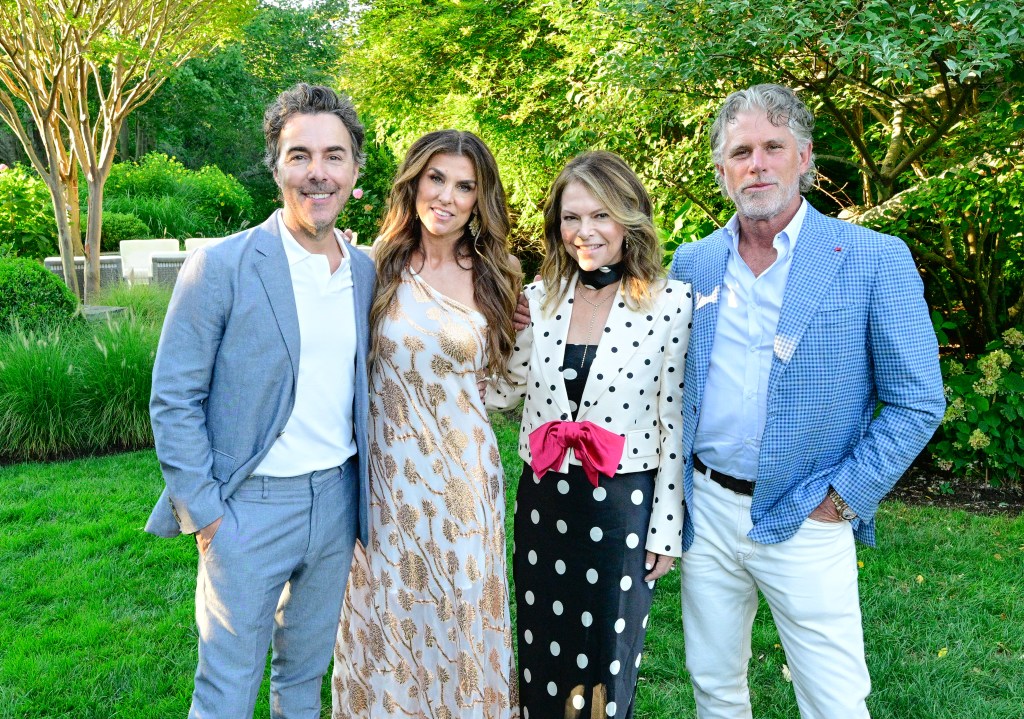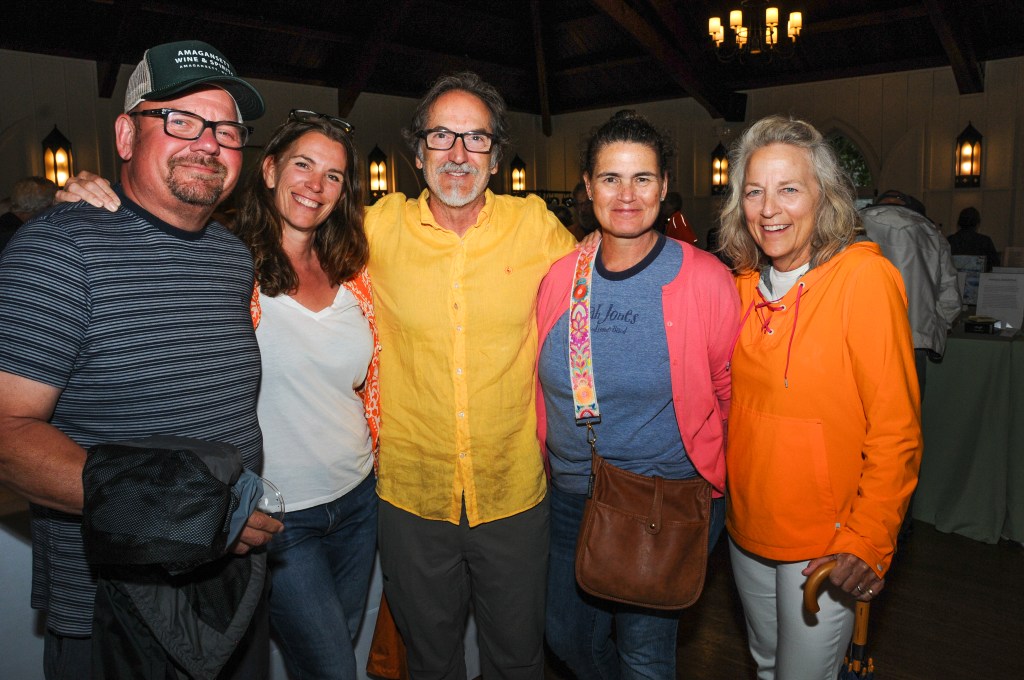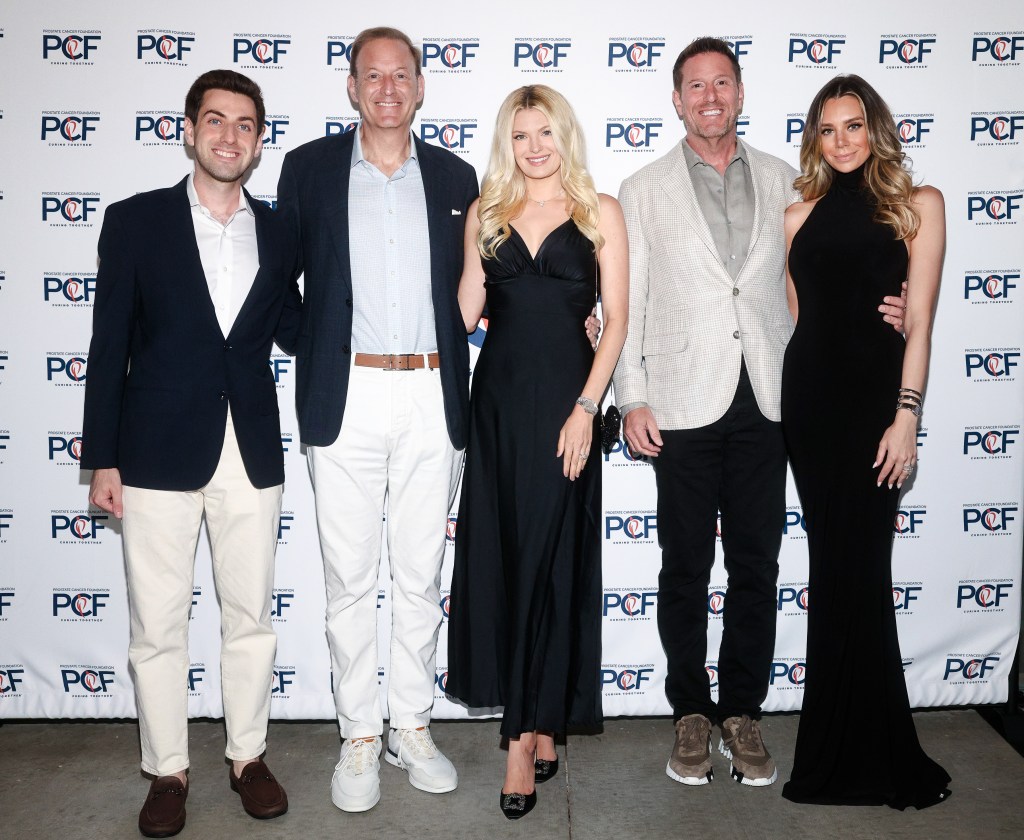Suffolk County Historical Society Examines Racism
Rarely has a local museum exhibit triggered such a strong emotional reaction and never has an exhibit at the Suffolk County Historical Society generated so much press and conversation. Hidden and Forbidden: Art and Objects of Intolerance, Evolving Depictions of Blacks in America which runs through June 1, has been featured in The New York Times, The East Hampton Star and on News 12, while debates about the subject matter echo across the Island.
“People come in and look at the Ku Klux Klan costume and they look at the Klan rally picture, and say, ‘Well, you know, the Suffolk County KKK was only against the Irish, Catholics, and the Italians,’” says Suffolk County Historical Society Director Kathryn Curran. “And that makes it, what…better? For me—that’s a trifecta.”
With an overwhelmingly supportive response, the Society has seen greater traffic for “Hidden and Forbidden” than any other show in their history.
Jointly curated by Curran, Georgette Grier-Key, Director and chief curator of Eastville Community Historical Society and David Byer-Tyre, curator of African American Material Culture and Hofstra University Oral History Programming Director, the exhibit highlights the history of racism on Long Island, with artifacts that depict slavery, Jim Crow laws, the Klan and the political developments of the Civil Rights Movement.
They have had only a few negative reactions to the powerful material. One woman didn’t understand why the image on a quilt of a black woman churning butter is offensive. “It is a racist piece,” Curran explains, “because the only depictions of African Americans on this quilt show them in positions of menial labor.”
“When the Historical Society decided to do this show,” says Byre-Tyre, former Director of the African American Museum in Hempstead and a Farmingdale resident, “they asked me to contribute. I was concerned that the presentation was not just scholarly. People have an emotional response without understanding the context in which we can learn from it.” He was asked to provide that context so that “people won’t just look at it and say: Oh, racist stuff…”
But it’s really hard not to be struck by the overt racism. In the center showcase is the board game Ghettopoly, which is about as offensive as possible. The goal of the game is to “build crack houses and projects.” Curran says that she’s amazed by how many guests at the exhibit are familiar with it.
“We need to have more exhibits of this kind…” says Byre-Tyre. “I think it is doing what it is supposed to. There is definitely a cultural and racial disconnect on Long Island and I think that being able to discuss these differences and the social and economic dynamics that allow these things to perpetuate is important for bringing about real change in diversity.”
He emphasizes that history has traditionally been used to substantiate the mainstream white cultural narrative but America is “becoming more brown” with the growing presence of minorities. “It’s important that we discuss openly how we feel about this change….Often there is a backlash that defines both the victim and the perpetrator of racism in a way that they don’t want to be defined.”
The Historical Society is trying to take this message out of their permanent space and into the community. They recently received an important gift from the Museum of Natural History in New York—a moveable museum in the form of an air-conditioned, handicap-accessible, 37-foot Winnebago that is equipped with an exhibition about different ethnicities, including the Algonquin people of New York State.
“There is a paradigm shift here,” says Curran. “We are the umbrella to the other community museums and we are looking at proposals on how to move forward to really service the community. We are the best-kept secret in Suffolk County.”
For more information, visit suffolkcountyhistoricalsociety.org.










